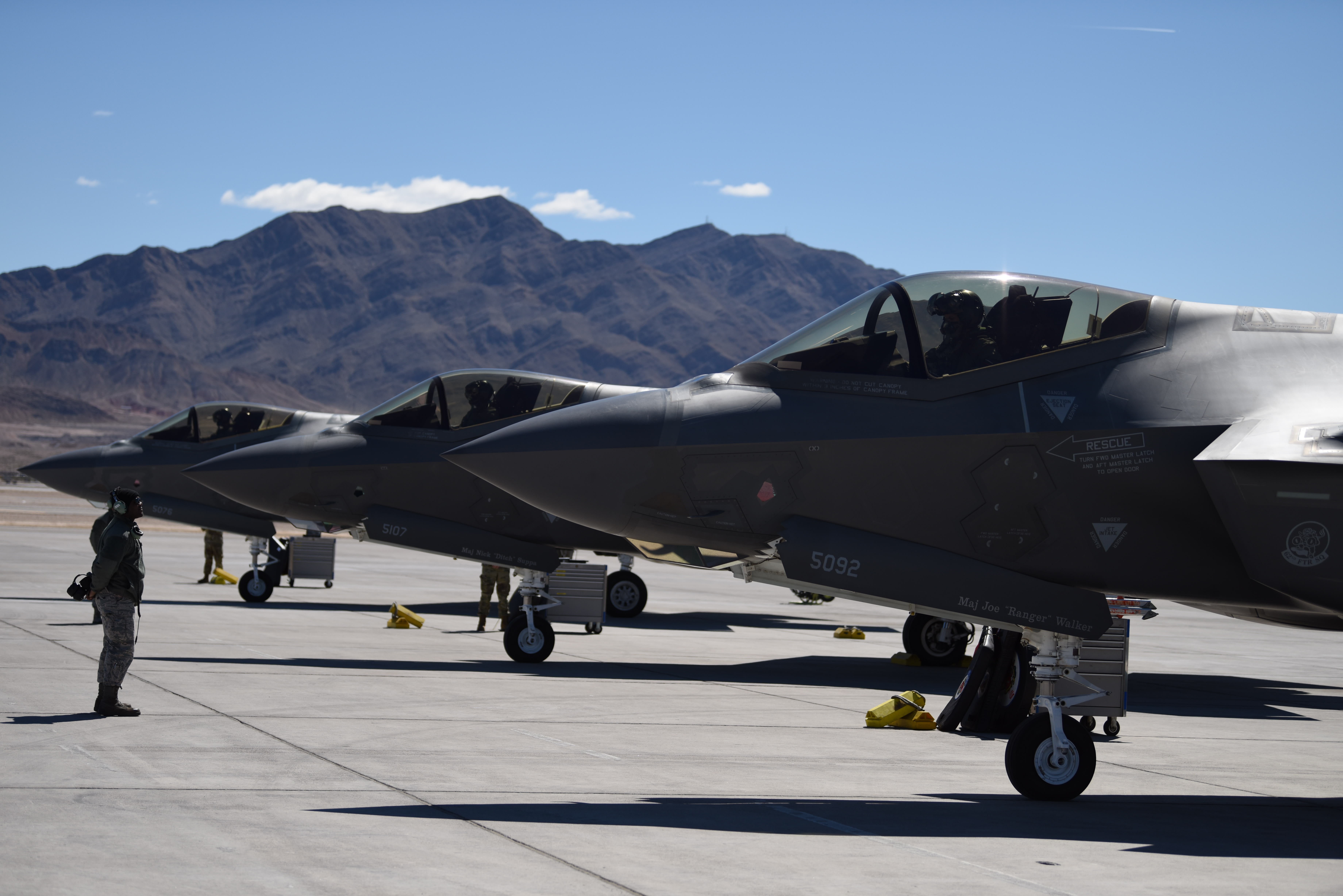By Robbin Laird
The Trump Administration’s National Security Strategy underscored the return of great power competition. By so doing, they did focus much more on the world as it is, rather than the last Administration which focused more on the world one might wish existed.
But neither really capture the core strategic reality of the period we are in.
21st century authoritarian powers have clearly emerged, able to be significantly engaged within the liberal democracies, and at the same time, able to contest them regionally and globally, These powers both play off of each other’s actions as well as work together on a case by case basis where useful to shaping their specific interests.
We saw something like this in the 1930s into the 1940s whereby authoritarian states — while differing fundamentally on many issues — saw common cause to weaken the liberal democracies and to make the world safe for authoritarianism.
In a recent article by Lyle J. Goldstein entitled “China is Learning from Russian Military Interactions with the United States,” highlights an aspect of this cross-learning.
Part of this Chinese article examines the U.S. Navy response to the Russian challenge. A “recent revival in Russian comprehensive power [最近年俄罗斯综合国力的复苏] is described, including reasonably “successful” military interventions in both Ukraine and also Syria.
“The Russian Navy has significantly strengthened its presence in both the Black Sea and also the Mediterranean, but the activities of Russian warships in the North Atlantic, Baltic, as well as the Arctic Ocean has obviously increased, as well,” according to this Chinese analysis.
It is stated that heavier U.S. Navy forces (e.g. USS Trumanaircraft carrier battle group) are tied down in the Mediterranean and unable to confront the Russian Navy in the North Atlantic.
Meanwhile, the article contends that Russia’s Yasen-class nuclear attack submarine can attack any cities or targets along America’s east coast.
“Russian Navy submarines could even adopt the German Navy’s ‘wolf-pack’ tactics [狼群战术] from World War Two and cut the supply lines between the US and Europe.” As a result, NATO is said to be “weighed down by anxieties [忧心仲仲]” regarding Russian naval activities.
The author includes a very interesting observation from the cited Chinese article about the impact of the “endless wars” in the Middle East on the USMC.
With respect to the U.S. Marine Corps, this Chinese assessment also pulls no punches. It is asserted that counter-insurgency has resulted in a “serious corrosion [严重侵蚀]” of the Marines’ high-intensity warfare core competence.
Moreover, there are reported to “exist major gaps in the force [存在较大的兵力缺口],” including the numbers of F-35B fighters, CH-53K helicopters and KC-130J air refueling aircraft.
One does not have to agree with everything the author writes to note that he has focused on a neglected but key subject — the cross learning among the authoritarian states.
And, of course, the conclusions drawn, can be very wrong, but that is less important than understanding the perceptions of our adversaries when they have fundamentally misunderstood what a liberal democracy which works very differently from an authoritarian state might do in a crisis.
But one also must remember that in spite of differences among the liberal democracies both in terms of domestic and foreign policies, there is significant collaboration and cross-learning going on as well.
The importance of such cross-learning and collaboration is enhanced precisely because of conflicts among the positions of liberal democratic powers and the need to better position those states when confronting an authoritarian power in a regional crisis.
With regard to the strategic shift from the land wars to high end crisis management, probably the most important cross learning collaboration program is that of the F-35, which I have referred as building the F-35 global enterprise, and have done so since working with Secretary Wynne in the middle of the last decade.
It is not the only one of course, as other collaborative efforts often built around common platforms whether Eurofighters, tankers, air lifters, missile defense systems, and maritime patrol systems provide significant collaborative and crass-learning opportunities as well,
But what makes the F-35 effort distinctive is that it is a high end combat asset arriving exactly when the U.S. and its allies need to transform their forces from being optimized for the land wars in the Middle East to one capable of competing with the world-wide 21st century authoritarian powers.
The featured photo shows three F-35A Lightning IIs assigned to the 62nd Fighter Squadron at Luke Air Force Base, Ariz., lined up and ready to takeoff on a mission as part of Red Flag, exercise 19-2, March 14, 2019, at Nellis Air Force Base, Nev.
Italian and Norwegian F-35 instructor pilots participated in the exercise for the first time and the integration and cohesion of the 62nd FS was displayed to other coalition partners.
(U.S. Air Force photo by Airman 1st Class Bryan Guthrie)


